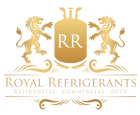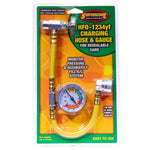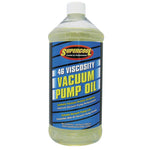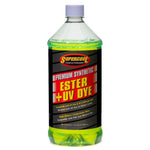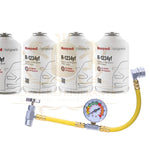You have no items in your shopping cart.
Everything You Need to Know About R134a vs R1234yf for HVAC and Automotive Applications
As the demand for environmentally friendly and high-performance refrigerants grows, two popular options have become the focus of attention: R134a and R1234yf. Both are widely used in automotive air conditioning and HVAC systems, but they differ significantly in their environmental impact, performance, and long-term viability. In this article, we’ll compare R134a vs R1234yf, explain their properties, advantages, and disadvantages, and help you choose the right refrigerant for your HVAC or automotive needs.
What Is R134a Refrigerant?
R134a (tetrafluoroethane) is a hydrofluorocarbon (HFC) refrigerant that has been widely used since the 1990s as a replacement for R12 in automotive air conditioning systems and various HVAC applications. It offers excellent cooling performance, stability, and safety, with zero ozone depletion potential (ODP).
However, R134a has a high global warming potential (GWP) of around 1300, making it less environmentally friendly compared to newer refrigerants. Despite this, it remains widely available, cost-effective, and compatible with many existing systems.
What Is R1234yf Refrigerant?
R1234yf (tetrafluoropropene) is a fourth-generation hydrofluoroolefin (HFO) refrigerant designed as a low-GWP replacement for R134a. With a GWP of less than 1, it is far more environmentally friendly and meets stringent global climate regulations.
R1234yf is now the standard refrigerant in most new vehicles and is gaining popularity in commercial and residential HVAC systems. It is mildly flammable (classified as A2L), so systems designed for R1234yf must meet additional safety requirements.

Key Differences Between R134a and R1234yf
|
Feature |
R134a |
R1234yf |
|
Chemical Type |
HFC (Hydrofluorocarbon) |
HFO (Hydrofluoroolefin) |
|
ODP (Ozone Depletion Potential) |
0 |
0 |
|
GWP (Global Warming Potential) |
~1300 |
< 1 |
|
Environmental Impact |
High |
Very Low |
|
Flammability |
Non-flammable (A1) |
Mildly flammable (A2L) |
|
Cooling Efficiency |
High |
Comparable to R134a |
|
System Compatibility |
Compatible with many existing systems |
Requires system modifications or new systems |
|
Cost |
Lower |
Higher |
|
Regulatory Compliance |
Being phased out in many regions |
Fully compliant with current standards |
Performance Comparison
In terms of cooling capacity, energy efficiency, and system reliability, both R134a and R1234yf perform similarly. However, R1234yf offers clear advantages in environmental sustainability and regulatory compliance, making it the preferred choice for future systems.
- ❄️ Cooling Efficiency: R134a has slightly faster cooling performance, but the difference is minimal.
- 🌿 Environmental Impact: R1234yf is significantly better for the environment due to its ultra-low GWP.
- ⚙️ System Compatibility: R134a works with older systems without major modifications, while R1234yf often requires updated components.
- 💸 Cost: R134a is more budget-friendly, but R1234yf’s cost is expected to decrease as adoption increases.
Applications in HVAC and Automotive Systems
Automotive Air Conditioning
- R134a: Still widely used in older vehicles and retrofit applications due to its availability and low cost.
- R1234yf: Standard in most new vehicles, especially in the U.S. and EU, thanks to strict environmental regulations.
🏢 HVAC and Refrigeration
- R134a: Common in commercial and industrial chillers, refrigerators, and air conditioning systems.
- R1234yf: Emerging in HVAC systems, particularly where environmental compliance and sustainability are priorities.
Pros and Cons of R134a
Pros:
- Widely available and cost-effective
- Non-flammable and easy to handle
- Proven performance and reliability
Cons:
- High global warming potential
- Facing phase-out due to environmental regulations
Pros and Cons of R1234yf
Pros:
- Extremely low GWP and eco-friendly
- Compliant with current and future environmental standards
- Similar performance to R134a
Cons:
- Higher cost
- Mildly flammable (requires extra safety measures)
- Limited compatibility with older systems
Which One Should You Choose?
- Choose R134a if you’re working with older HVAC or automotive systems and want a cost-effective solution without major modifications.
- Choose R1234yf if you need a future-proof, eco-friendly refrigerant that complies with environmental regulations and offers long-term sustainability.
Conclusion
Both R134a and R1234yf play vital roles in today’s HVAC and automotive industries. While R134a remains a practical choice for legacy systems due to its low cost and proven performance, R1234yf is the clear choice for the future, thanks to its ultra-low GWP and environmental compliance. As regulations continue to tighten worldwide, transitioning to R1234yf will become essential for reducing environmental impact and ensuring system longevity.
 English
English
